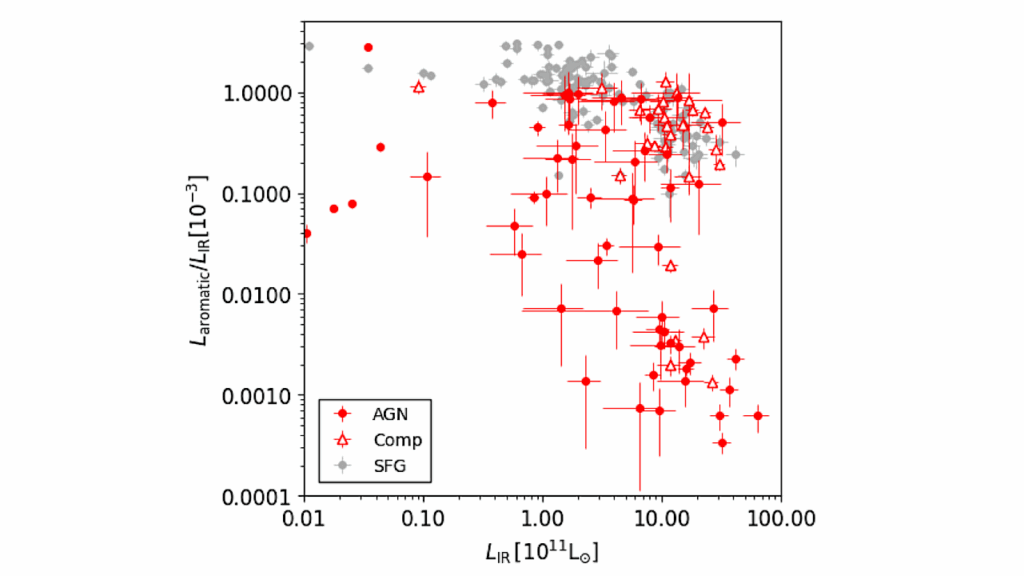Unveiling the HD 95086 System at Mid-infrared Wavelengths with JWST/MIRI

Mid-infrared imaging of exoplanets and disks is now possible with the coronagraphs of the MIRI on the JWST. This wavelength range unveils new features of young directly imaged systems and allows us to obtain new constraints for characterizing the atmosphere of young giant exoplanets and associated disks.
These observations aim to characterize the atmosphere of the planet HD 95086 b by adding mid-infrared information so that the various hypotheses about its atmospheric parameters values can be unraveled. Improved images of circumstellar disks are provided.
We present the MIRI coronagraphic imaging of the system HD 95086 obtained with the F1065C, F1140, and F2300C filters at central wavelengths of 10.575, 11.3, and 23 microns, respectively. We explored the method for subtracting the stellar diffraction pattern in the particular case when bright dust emitting at short separation is present.
Furthermore, we compared different methods for extracting the photometry of the planet. Using the atmospheric models Exo-REM and ATMO, we measured the atmospheric parameters of HD 95086 b. The planet HD 95086 b and the contribution from the inner disk are detected at the two shortest MIRI wavelengths F1065C and F1140C. The outer colder belt is imaged at 23 microns.
The mid-infrared photometry provides better constraints on the atmospheric parameters. We evaluate a temperature of 850-1020 K, consistent with one previous hypothesis that only used NIR data. The radius measurement of 1.0-1.13 RJup is better aligned with evolutionary models, but still smaller than predicted. These observations allow us to refute the hypothesis of a warm circumplanetary disk.
HD 95086 is one of the first exoplanetary systems to be revealed at mid-infrared wavelengths. This highlights the interests and challenges of observations at these wavelengths.
Mathilde Mâlin, Anthony Boccaletti, Clément Perrot, Pierre Baudoz, Daniel Rouan, Pierre-Olivier Lagage, Rens Waters, Manuel Güdel, Thomas Henning, Bart Vandenbussche, Olivier Absil, David Barrado, Jeroen Bouwman, Christophe Cossou, Leen Decin, Adrian M. Glauser, John Pye, Goran Olofsson, Alistair Glasse, Fred Lahuis, Polychronis Patapis, Pierre Royer, Silvia Scheithauer, Niall Whiteford, Eugene Serabyn, Elodie Choquet, Luis Colina, Göran Ostlin, Ewine F. van Dishoeck, Tom P. Ray, Gillian Wright
Comments: Accepted for publication in A&A
Subjects: Earth and Planetary Astrophysics (astro-ph.EP)
Cite as: arXiv:2408.16843 [astro-ph.EP](or arXiv:2408.16843v1 [astro-ph.EP] for this version)
https://doi.org/10.48550/arXiv.2408.16843
Focus to learn more
Submission history
From: Mathilde Mâlin
[v1] Thu, 29 Aug 2024 18:19:43 UTC (8,683 KB)
https://arxiv.org/abs/2408.16843
Astrobiology,








